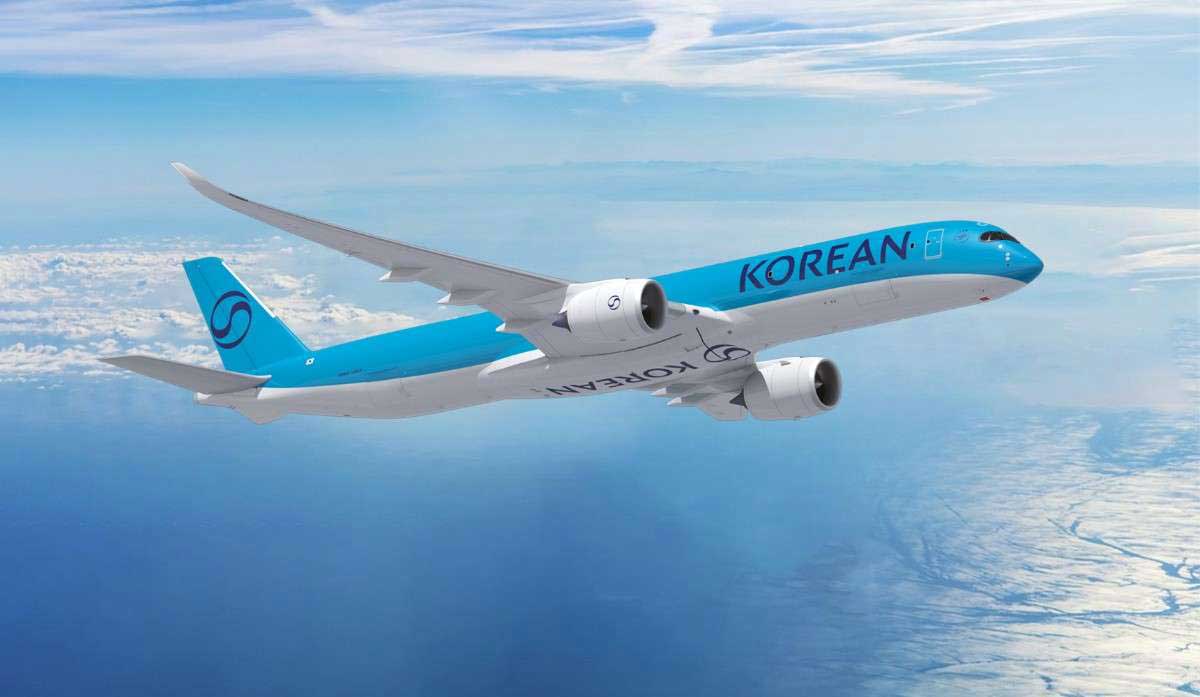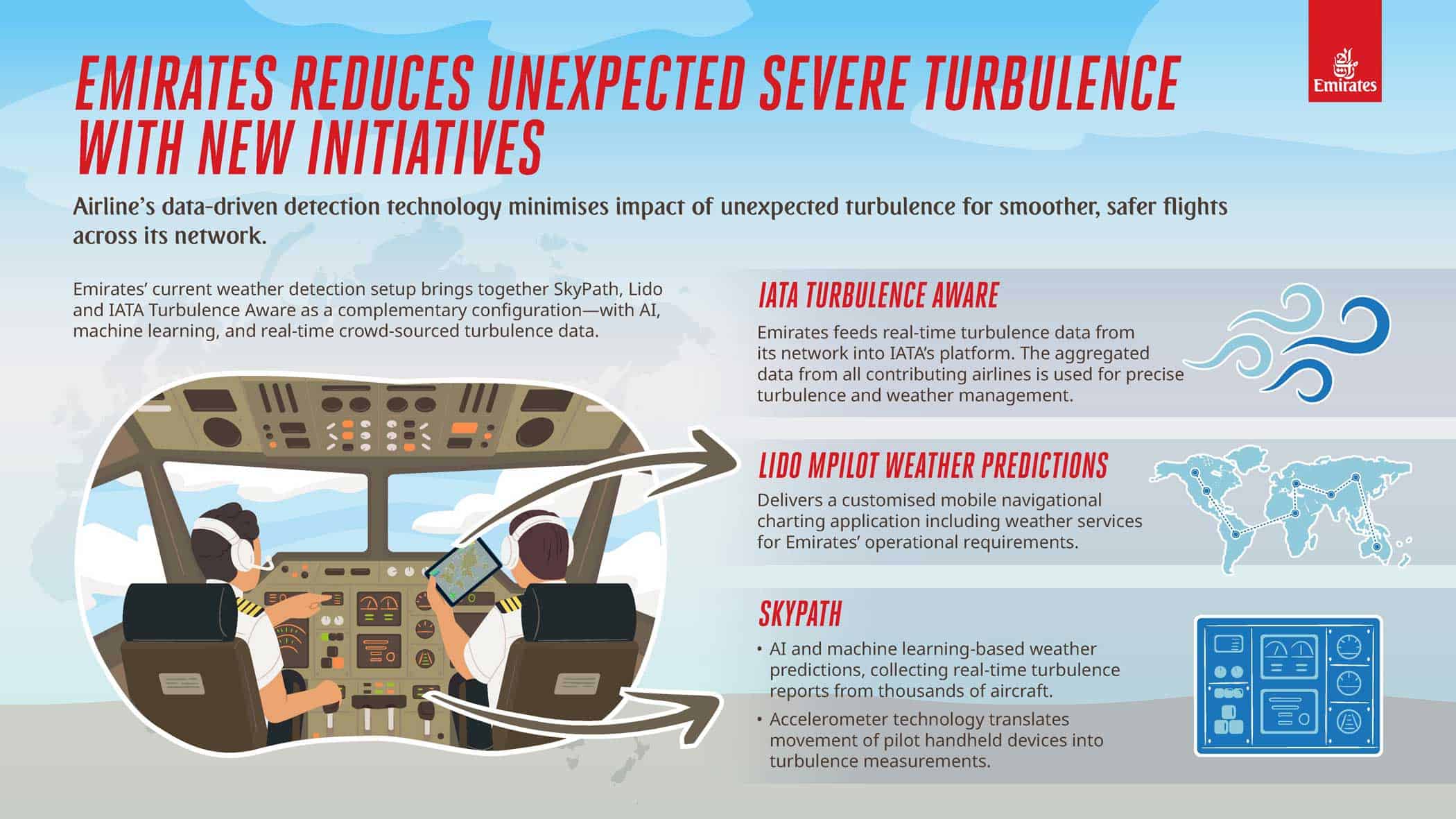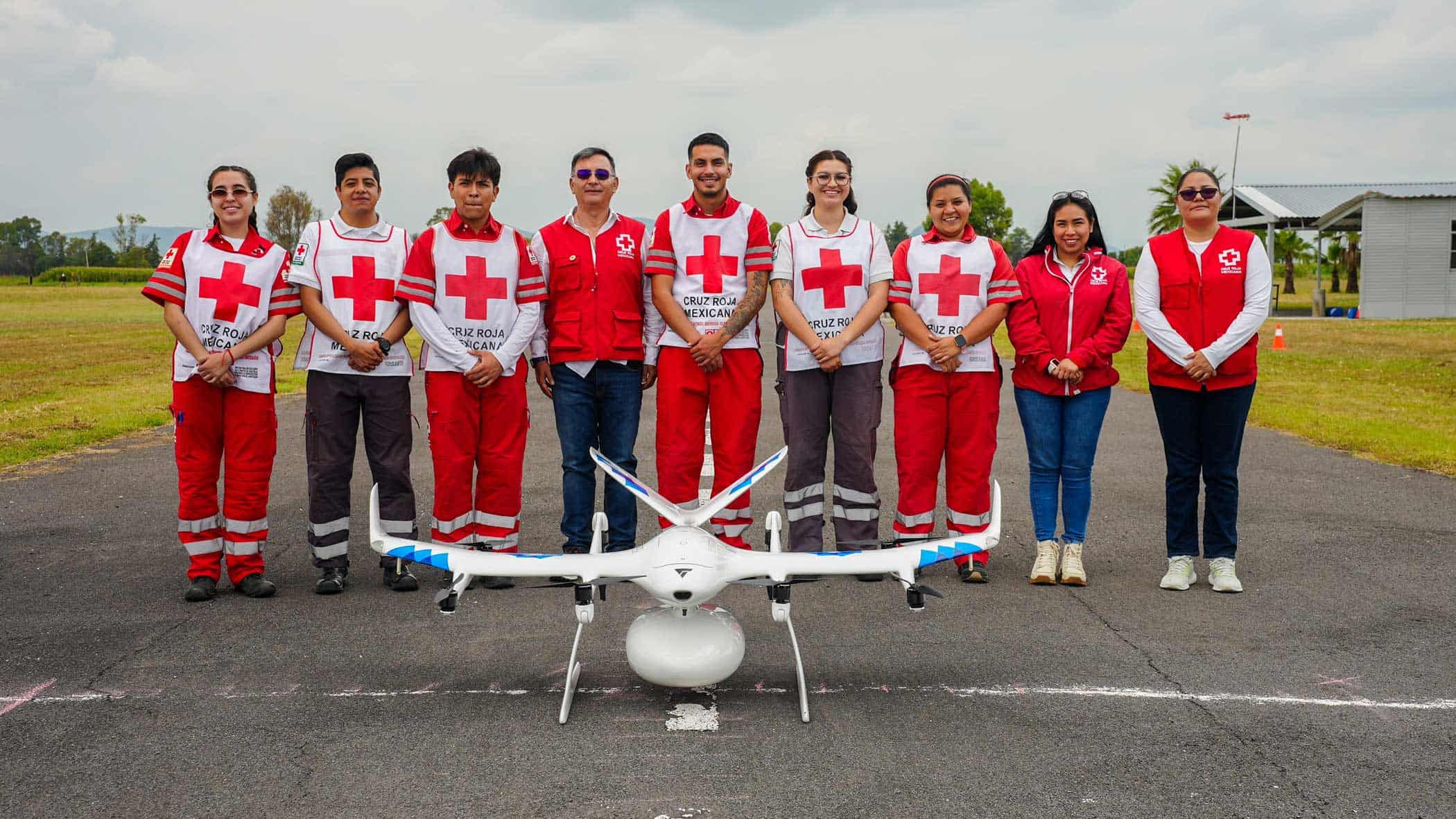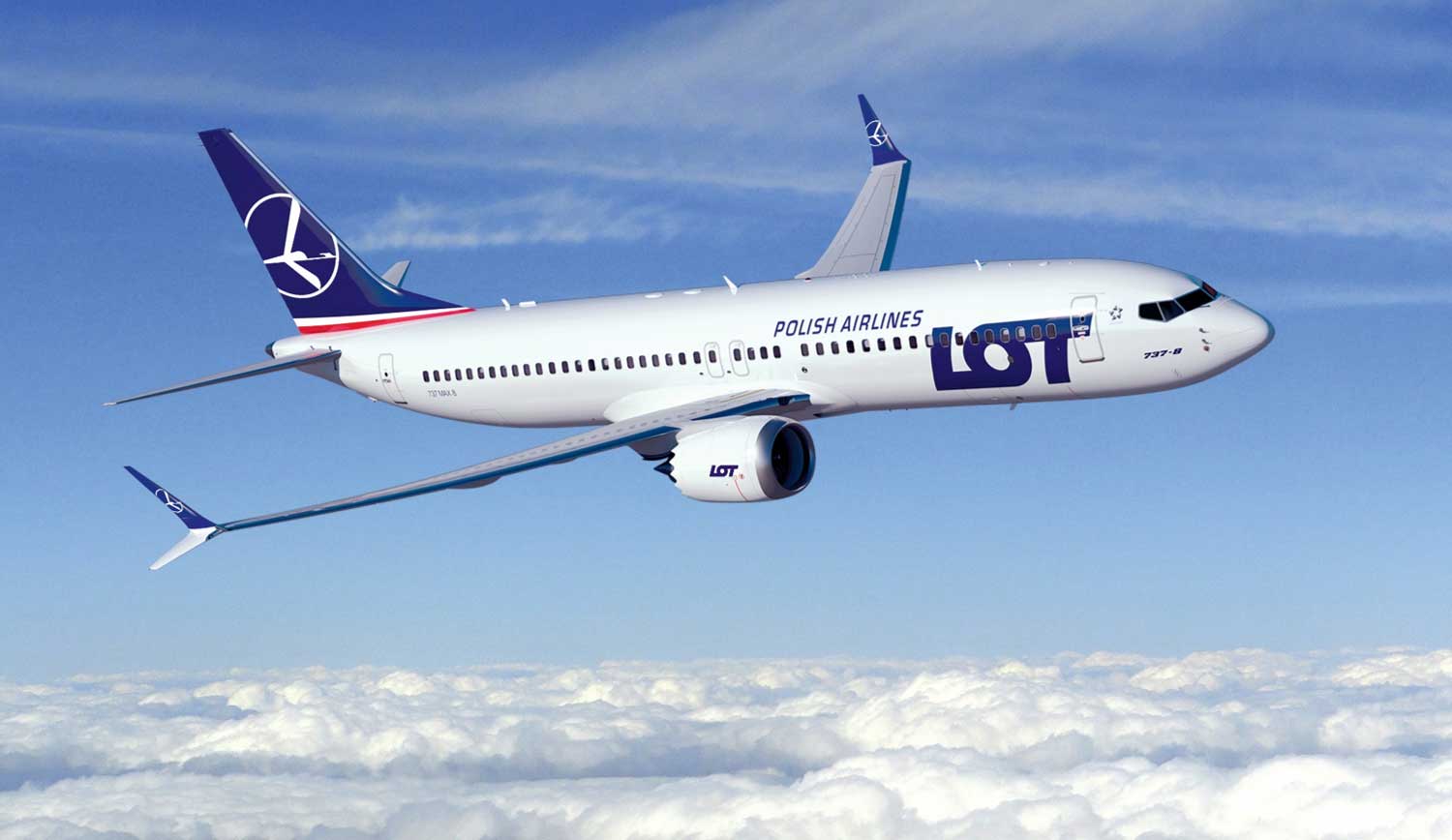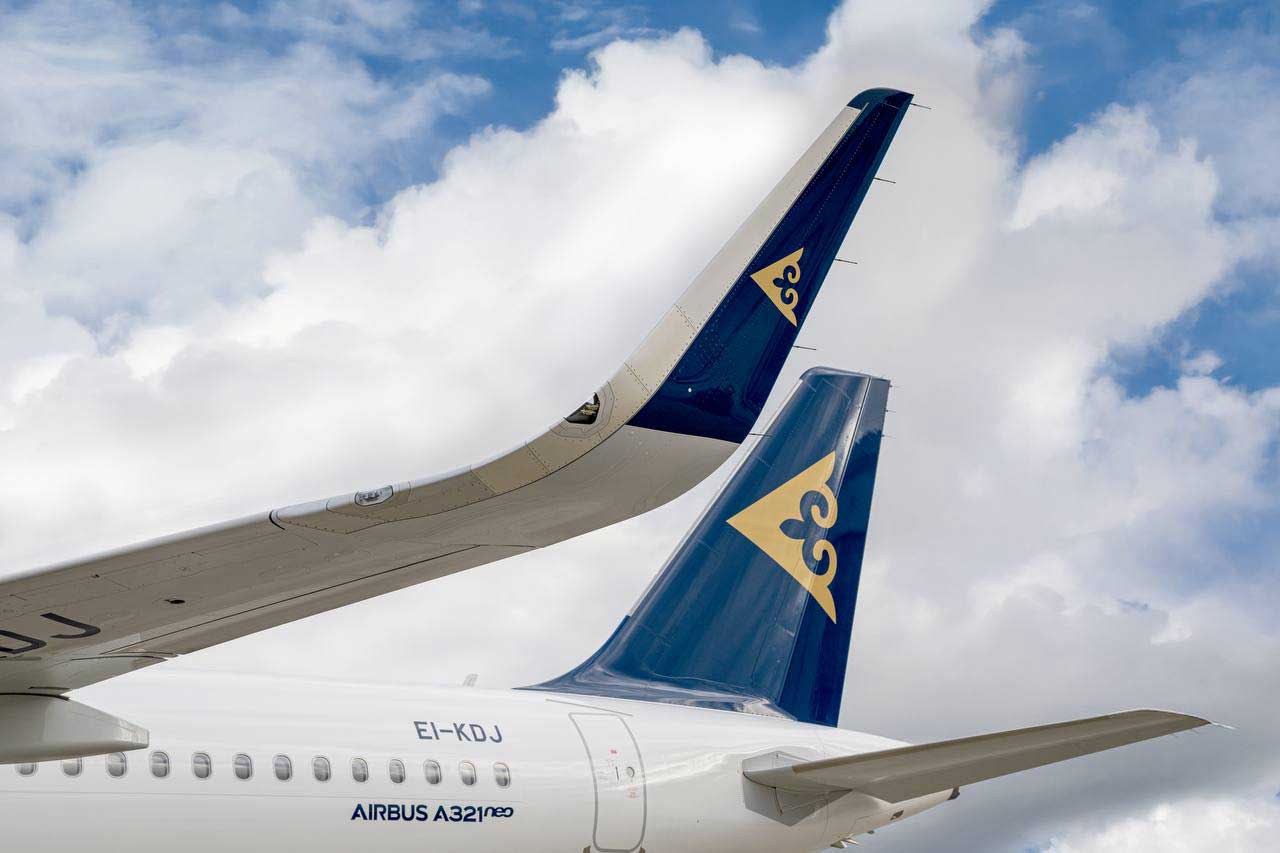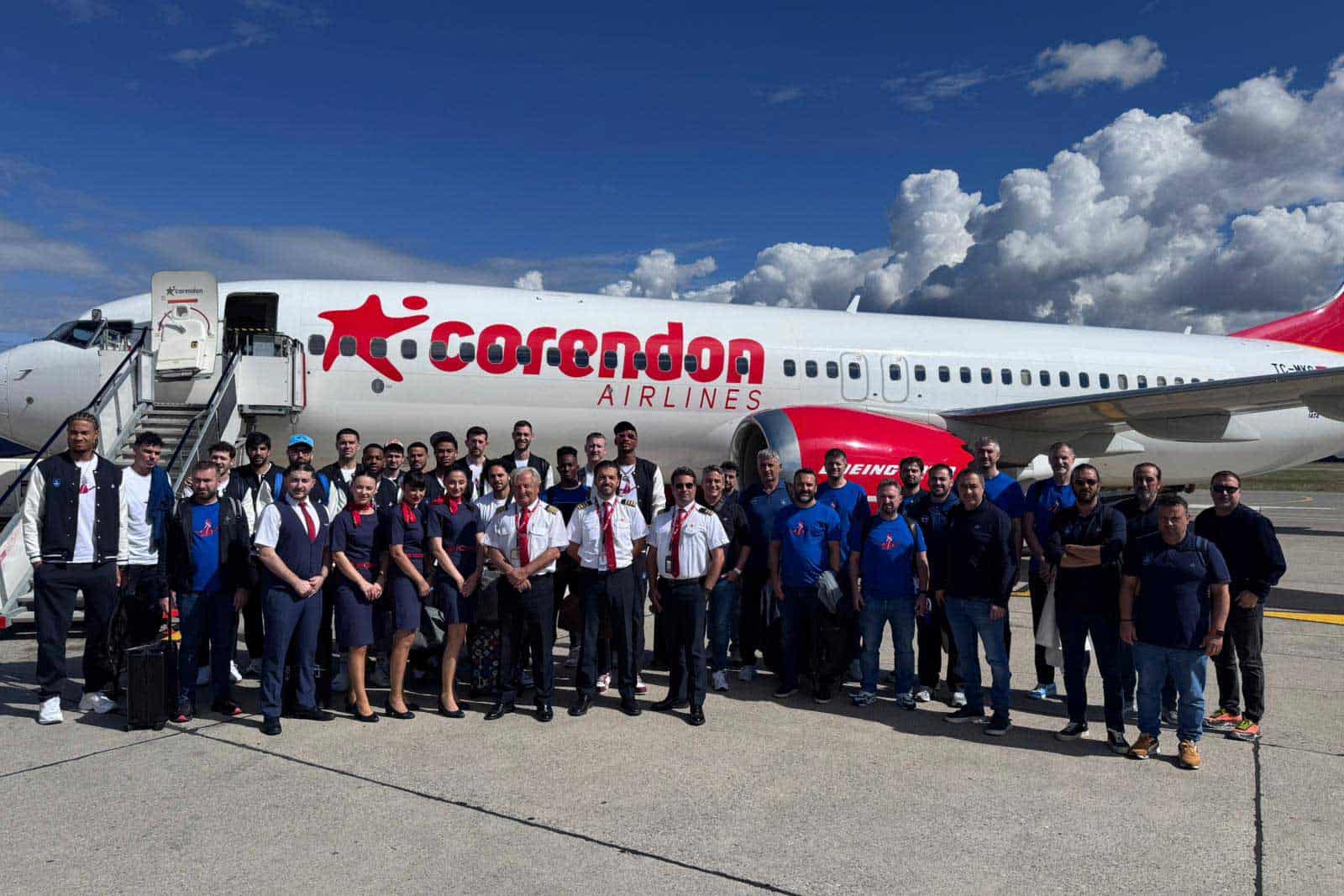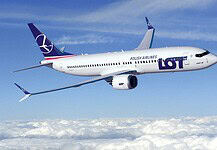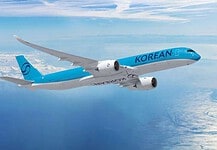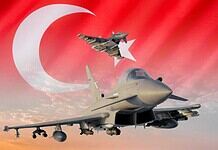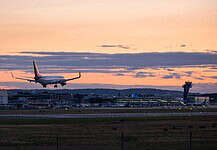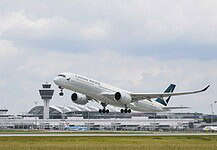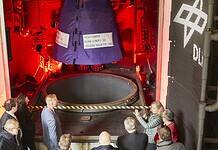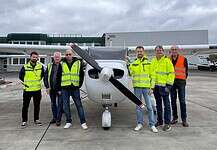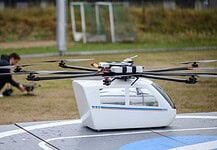
This site is also available on:
Deutsch
Lithuania has taken a decisive step toward modernizing its military aviation capabilities. By selecting the Embraer C-390 Millennium as its next-generation military transport aircraft, the country is strengthening its operational readiness and underscoring its strategic position within NATO. This decision follows in-depth market analyses and evaluations of various transport aircraft and is the expression of a long-term modernization program.
The C-390 Millennium is a versatile, capable, and fast-flying aircraft specifically designed for demanding military missions. Its ability to carry a payload of up to 26 tons, combined with the operational flexibility to operate even on unpaved runways, makes the aircraft a vital asset for Lithuania’s defense strategy.
This comprehensive report will shed light on the background of the decision, explain the technical features of the C-390 Millennium and demonstrate its strategic importance for Lithuania’s security architecture and NATO interoperability.
Lithuania’s path to modernizing military aviation
Since joining NATO, Lithuania has taken continuous steps to strengthen its defense capabilities. The selection of the Embraer C-390 Millennium represents another milestone in this process. The country aims to expand its ability to transport troops, equipment, and relief supplies quickly and reliably.
The C-390 offers significant advantages over previous transport solutions due to its higher payload and speed. Its flexibility in terms of different operational scenarios is also a significant factor. Lithuania’s decision is based on comprehensive analyses that take qualitative and quantitative criteria into account and fit the Ministry of Defense’s target system.
Loreta Maskaliovienė, Deputy Minister of National Defense, emphasized the careful consideration of all market options and confirmed that the choice of Embraer’s aircraft is the most suitable one for national military requirements. This signals the Lithuanian government’s clear commitment to modern defense technology and a future-oriented security strategy.
Technical features and advantages of the C-390 Millennium
The Embraer C-390 Millennium is a medium-sized military transport aircraft that has been in service since 2019 and has proven itself in several European and Brazilian air forces. With a payload of up to 26 tons, the aircraft can carry heavier loads than many comparable models.
In addition, the C-390 achieves a cruise speed of approximately 470 knots, making it faster than many competing models. Its ability to operate on temporary and unpaved runways enables missions in a wide range of conditions—a decisive advantage in military crisis zones or humanitarian missions.
Additional features such as in-flight refueling capability increase the aircraft’s range and operational flexibility. The aircraft can function as both a tanker and a receiver during in-flight refueling operations, opening up additional tactical options.
Strategic importance for Lithuania and NATO interoperability
By acquiring the C-390 Millennium, Lithuania is not only enhancing its national defense capabilities but also its ability to cooperate within NATO. This aircraft is already part of the fleets of several member states, including Portugal, Hungary, and the Netherlands, strengthening logistical and operational interoperability.
In a constantly changing security landscape, it is essential for Lithuania to be able to respond quickly and flexibly to threats. The increased transport capacity and versatility of the C-390 will help it efficiently support its own armed forces and facilitate international cooperation.
Furthermore, the choice of this aircraft also signals a contribution to European defense cooperation. Embraer’s C-390 is used in a variety of demanding missions, allowing Lithuania to benefit from a proven and flexible system.
Strengthening national defense capabilities and NATO interoperability
Lithuania’s choice of the Embraer C-390 Millennium as its future military transport aircraft is a significant step toward strengthening its national defense capabilities and NATO interoperability. The aircraft combines modern technology, reliability, and versatility, thus addressing the complex requirements of modern military operations.
This strategic upgrade will increase the effectiveness of the Lithuanian armed forces in a variety of scenarios while intensifying cooperation with NATO partners. Thus, the selection of the C-390 represents a forward-looking investment in the security of the country and its allies.
It remains to be seen how the implementation of the C-390 will specifically affect Lithuania’s operational capabilities, but it is already clear that the choice represents an important impetus for the further development and modernization of the air force.

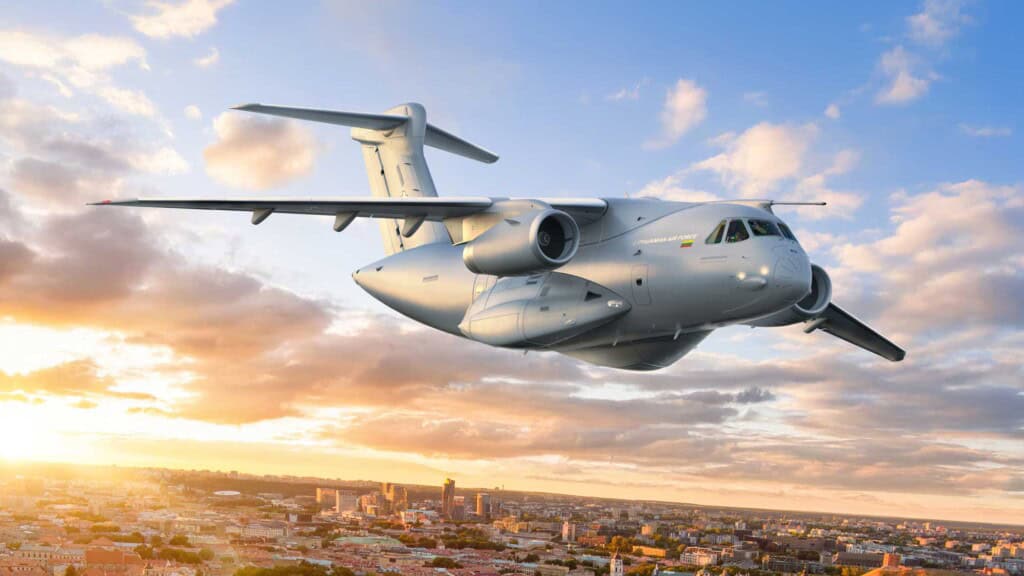
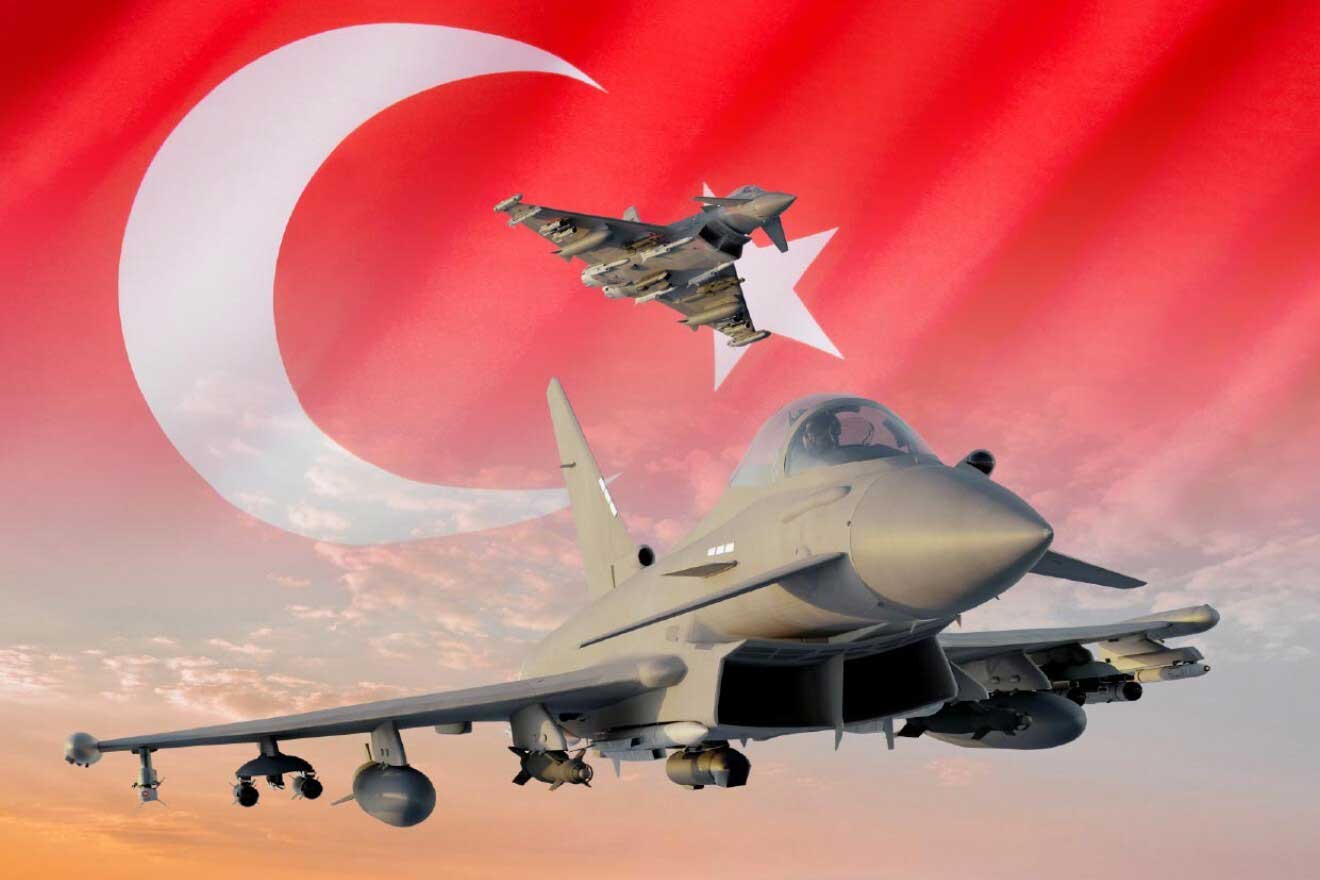 Türkiye joins the Eurofighter program and buys 20 Eurofighter Typhoons (Türkiye joins the Eurofighter program and buys 20 Eurofighter Typhoons)
Türkiye joins the Eurofighter program and buys 20 Eurofighter Typhoons (Türkiye joins the Eurofighter program and buys 20 Eurofighter Typhoons)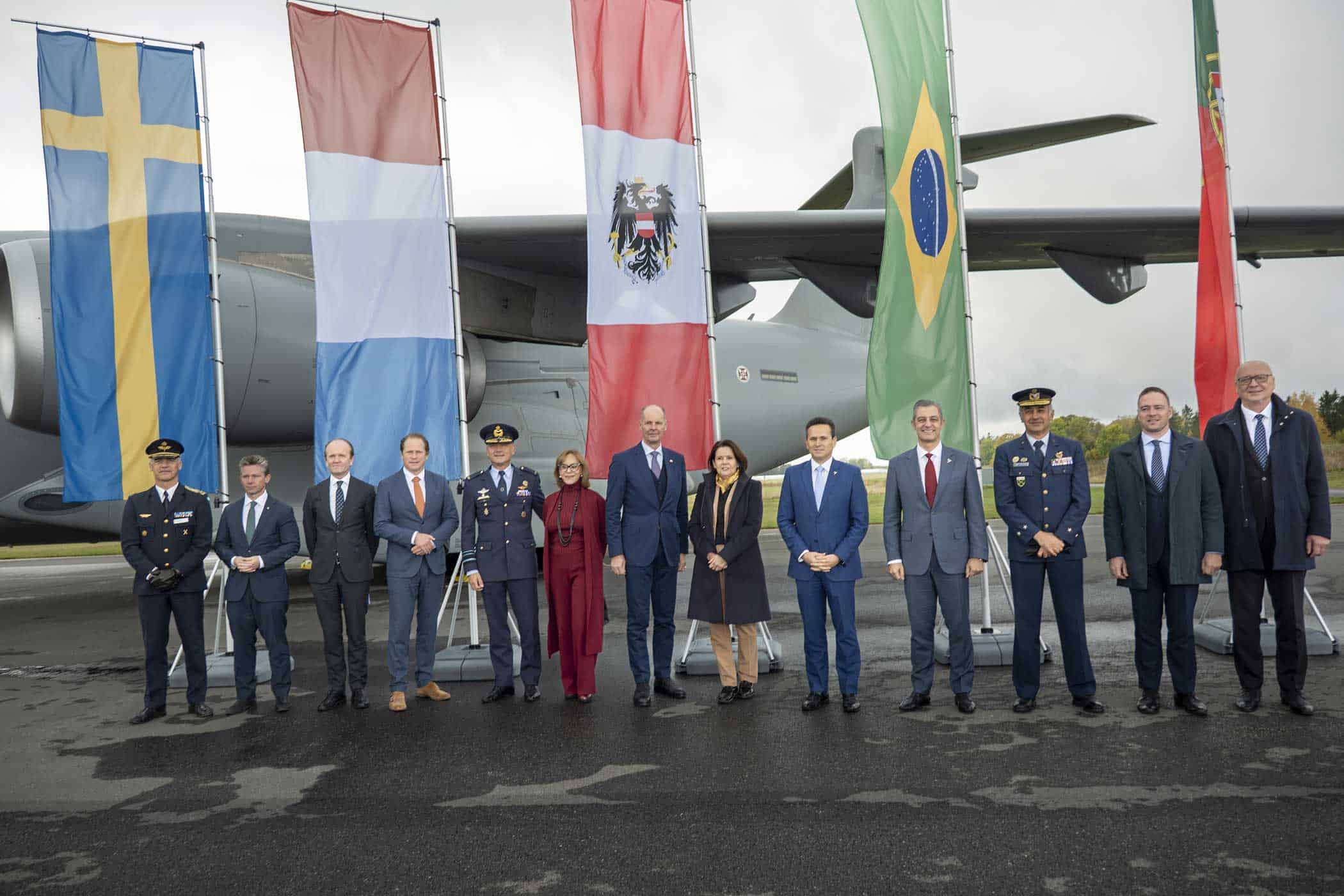 Sweden orders four Embraer C-390 Millennium multi-role aircraft (Sweden orders four Embraer C-390 Millennium multi-role aircraft)
Sweden orders four Embraer C-390 Millennium multi-role aircraft (Sweden orders four Embraer C-390 Millennium multi-role aircraft) France selects Pilatus PC-7 MKX training system for air force (France selects Pilatus PC-7 MKX training system for air force)
France selects Pilatus PC-7 MKX training system for air force (France selects Pilatus PC-7 MKX training system for air force)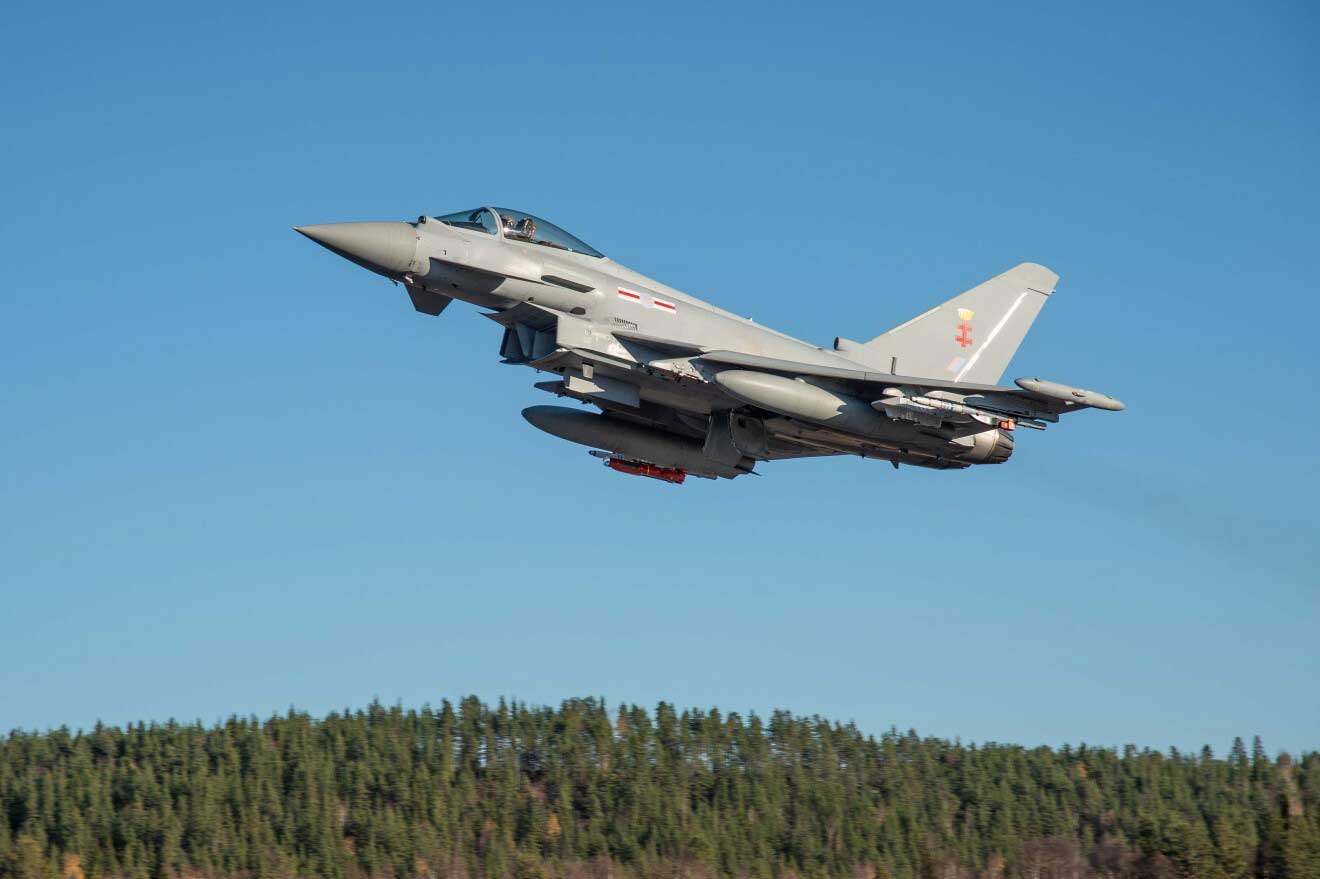 Eurofighter Typhoon tests new SPEAR missile (Eurofighter Typhoon tests new SPEAR missile)
Eurofighter Typhoon tests new SPEAR missile (Eurofighter Typhoon tests new SPEAR missile)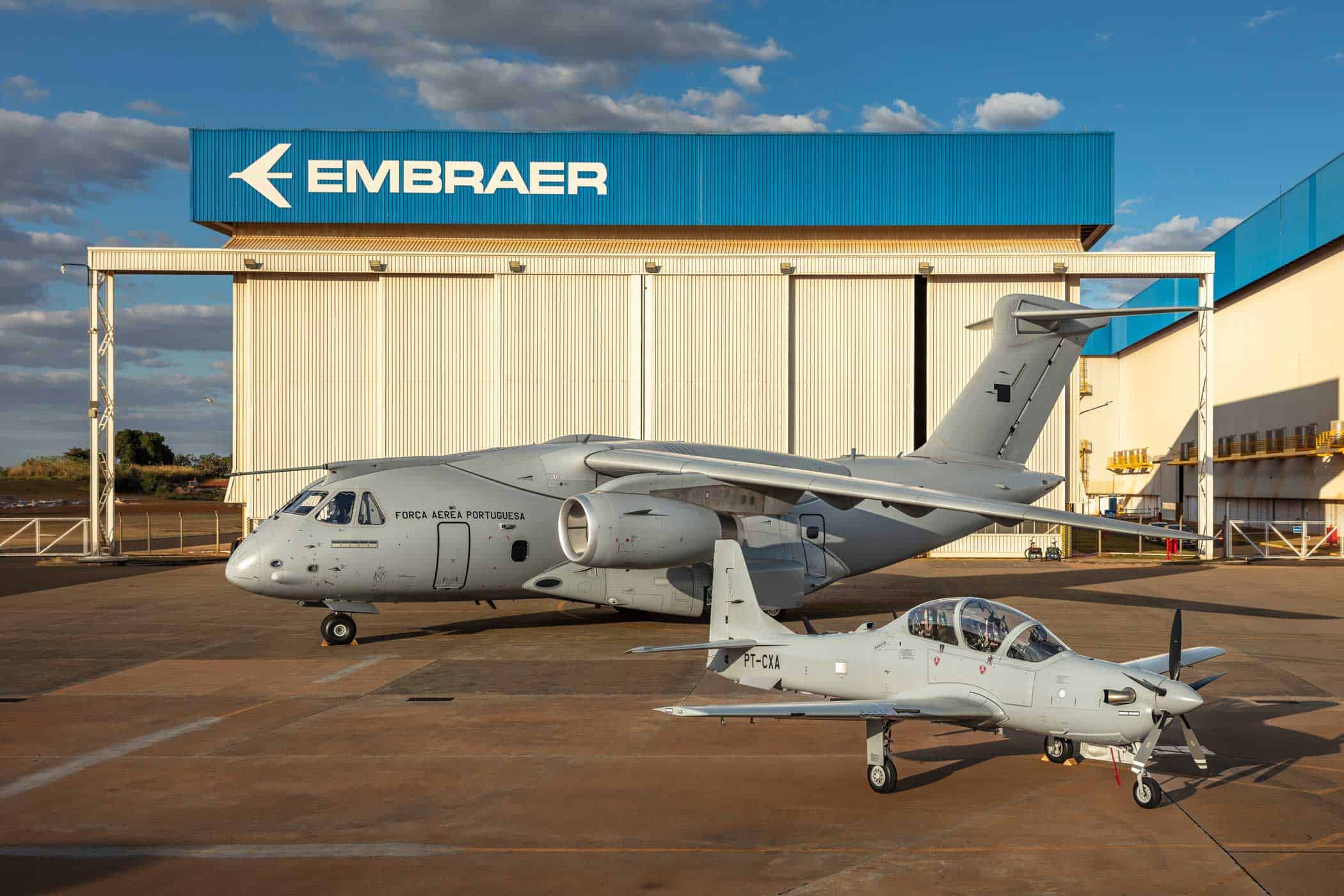 Embraer delivers third KC-390 to Portuguese Air Force and launches A-29N flight test campaign (Embraer delivers third KC-390 to Portuguese Air Force and launches A-29N flight test campaign)
Embraer delivers third KC-390 to Portuguese Air Force and launches A-29N flight test campaign (Embraer delivers third KC-390 to Portuguese Air Force and launches A-29N flight test campaign)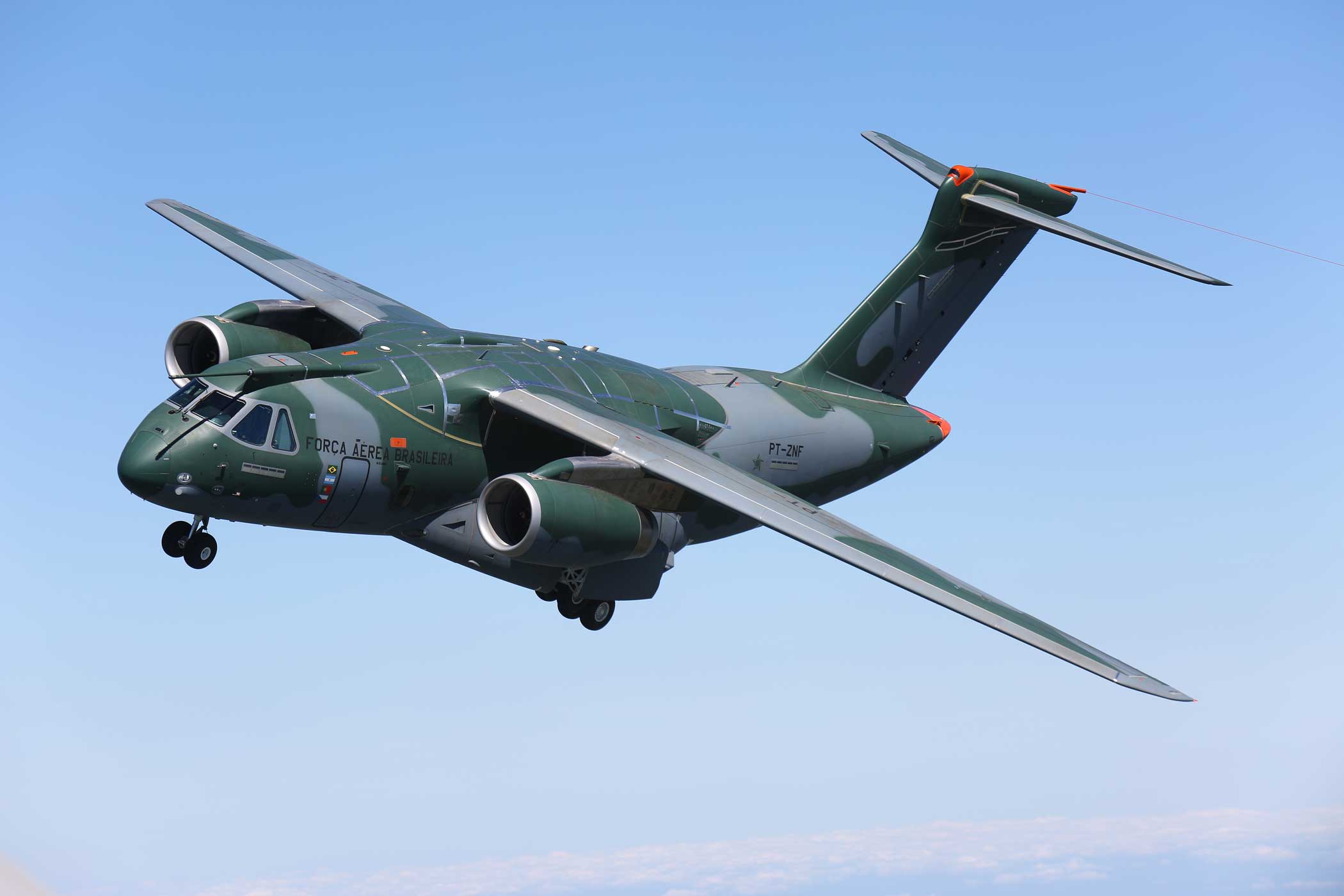 Embraer celebrates 10 years of the KC-390 multi-role transport aircraft (Embraer celebrates 10 years of the KC-390 multi-role transport aircraft)
Embraer celebrates 10 years of the KC-390 multi-role transport aircraft (Embraer celebrates 10 years of the KC-390 multi-role transport aircraft)